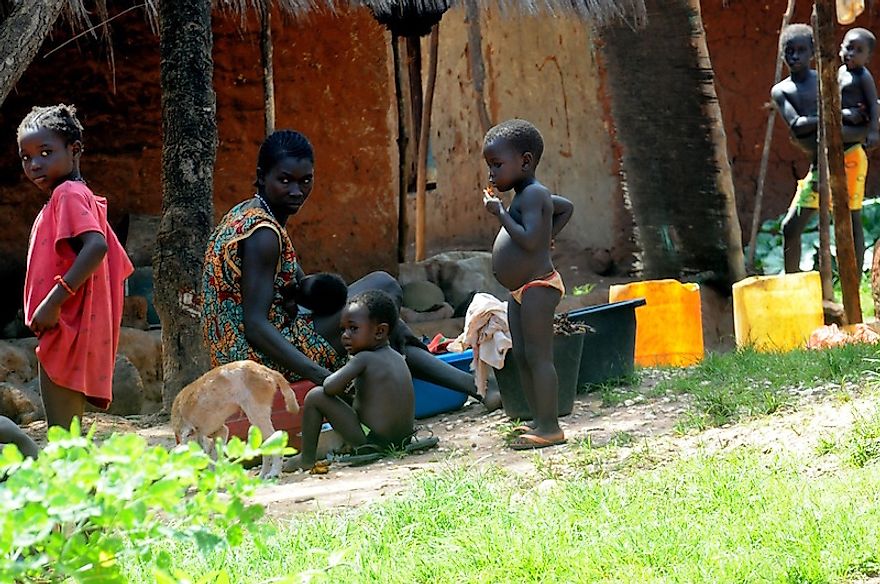Extreme Poverty: The Countries And People Most Afflicted

The living conditions of people earning an average income of $1.50 or less, which is the internationally recognized poverty level is dehumanizing. These are the situations experienced by the citizens of countries like Haiti and the Democratic Republic of Congo (DRC). In countries like Guinea, Uganda, Honduras, Djibouti, Laos, Georgia, Bolivia, and Colombia there are citizens are earning less than $2 every day. Some of the challenges which the citizens in countries experiencing extreme poverty levels face include;
Malnutrition
It stands out as the most common result of poverty. This effect is commonly visible among children with low-income family backgrounds. Access to nutritious meals is a luxury which poor families rarely enjoy. It is because they cannot afford decent meals and mostly take only one meal a day. Highly nutritious food is expensive and therefore, the poor people are sidelined by the fact that it is an expense they cannot afford. In addition, people in poverty-ridden countries do not eat enough to sustain them and they are not productive.
Poor Health
Reduced or deteriorating health conditions are the most experienced effects of poverty. The poor wellbeing conditions are usually because these people do not have enough funds to cater for proper nutritional needs. Proper feeding on healthy foods naturally fights and prevents diseases. Poor sanitation standards spread out in most parts of these countries like Uganda increases the spread of illness.
Life expectancy and child mortality
Life expectancy is highly affected by high levels of poverty. In most of these countries with high levels of poverty like Gabon, life expectancy is almost 30 years below the average of developed countries like Germany and France and the overall worldwide life expectancy. Shockingly, child mortality at birth in poor countries like Guinea, Honduras, and Djibouti are extremely high.
Measures Initiated
South American countries like Bolivia and Columbia have taken steps to bring change to the poverty levels. The adoption of scientific measures like the development of genetically modified organisms is one of the primary approaches to curb food shortages. Food generating projects are expensive to undertake, but if utilized by some developing countries like Honduras it can help reduce malnutrition.
In some developing countries like Laos and Georgia they are initiating infrastructural development as an income-generating strategy. These income-oriented projects provide jobs for the citizens and raise their productivity. These projects include the building of highways, power stations, and irrigation plants which are labor-intensive.
It is recommendable to develop human resources in third world countries. Developing literacy levels by investing in educational facilities like schools, vocational colleges, and technical training institutions help impart and instill skills to people through learning. There are campaigns for good health to the citizens through building health centers, hospitals, and dispensaries to ensure a healthy nation. These measures are all active efforts to eradicate poverty levels.
Good health, high levels of education and practical skills can engage in employment activities and also better manage self-employed businesses thereby promoting the fight against poverty. Adoption and implementation of these strategies can help alleviate the extreme poverty levels in these countries.
Extreme Poverty: The Countries And People Most Afflicted
| Rank | Country | Mean Daily Income ($US) of People Below their Country's National Poverty Line |
|---|---|---|
| 1 | Democratic Republic of the Congo | $1.36 |
| 2 | Haiti | $1.47 |
| 3 | Guinea | $1.72 |
| 4 | Uganda | $1.73 |
| 5 | Honduras | $1.74 |
| 6 | Djibouti | $1.76 |
| 7 | Laos | $1.76 |
| 8 | Georgia | $1.81 |
| 9 | Bolivia | $1.81 |
| 10 | Colombia | $1.85 |











